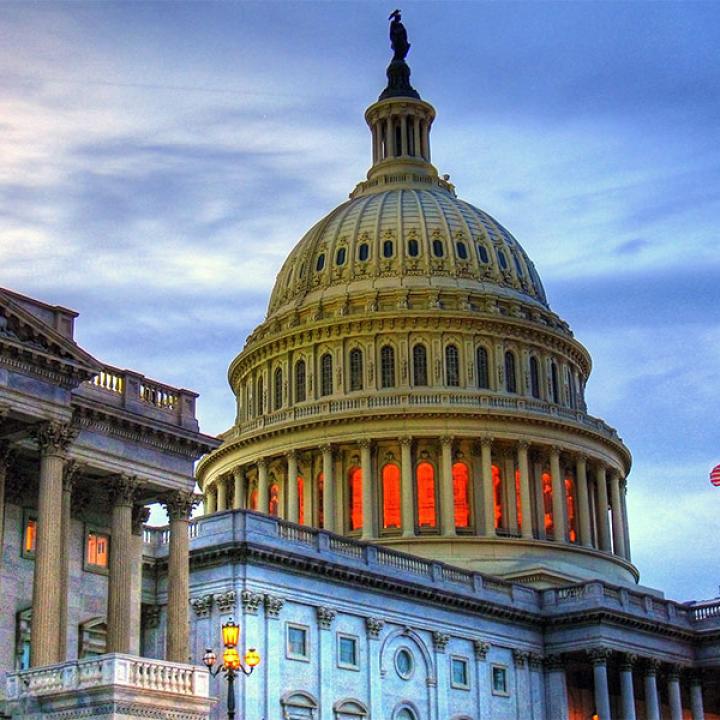
- Policy Analysis
- Congressional Testimony
Testing the Limits: Iran's Ballistic Missile Program, Sanctions, and the IRGC

A military expert lays out the short- and long-term strategic challenges posed by allowing Tehran to continue building up its missile arsenal.
The following is an excerpt from Mr. Eisenstadt's prepared remarks before the House Foreign Affairs Subcommittee on the Middle East and North Africa. Download the PDF to read his full testimony.
Iran has the largest missile force in the Middle East, consisting of thousands of short- and medium-range ballistic missiles, and possibly land-attack cruise missiles. Although its missiles are conventionally armed, many could deliver a nuclear weapon if Iran were to ever acquire such a capability. While the nuclear accord will likely defer such an eventuality, it did not impose new constraints on Iran's missile program. On the contrary, UNSCR 2231 loosened them -- and included provisions for their lifting in eight years, if not sooner. At current production rates, Iran's missile force could more than double in size by the time the major limits imposed by the nuclear deal are lifted in 2030. By then, Iran's growing missile and cyber capabilities could pose major challenges to regional missile defenses, military and critical infrastructure targets, and civilian population centers. This could make preventive action by Israel or the United States, in the event of an attempted Iranian nuclear breakout, much more costly...
House Foreign Affairs Committee


